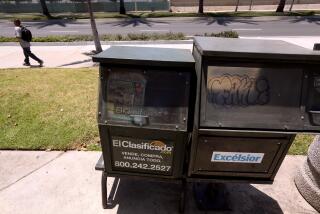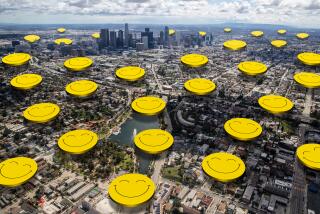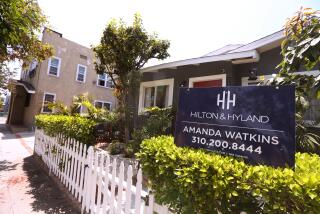Neighborhood Spotlight: Boyle Heights remains a center of gravity for L.A. Latinos
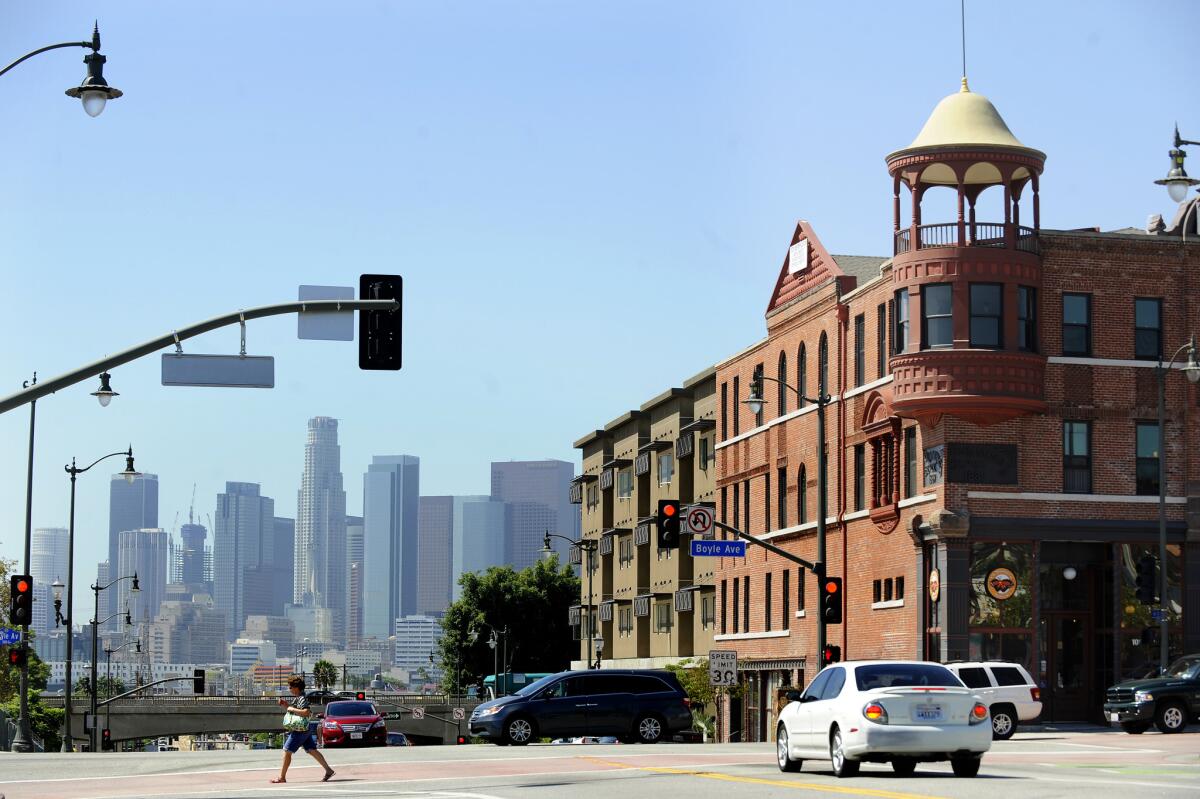
- Share via
Boyle Heights has long been a gateway community for people from all over the world and once was the most ethnically diverse neighborhood in Los Angeles.
Mexican Americans have made their homes there since the 1800s, and the early 20th century saw African Americans, Japanese, Russians, Poles, Serbs, Italians and Jews from Eastern Europe settle on or at the foot of the bluffs on the L.A. River’s east bank.
What brought them there was the lack of the racially restrictive covenants that dictated who could live where in much of the city of Los Angeles. Even the neighborhood cemetery was open to burials of almost all, though Chinese Americans were shamefully relegated to its potter’s field.
This openness helped Boyle Heights rapidly develop, especially from 1900 to 1930, as streetcars and the river’s viaducts knitted the once-isolated neighborhood into the city.
Those streetcars and bridges were crucial, because early in L.A.’s history, Boyle Heights wasn’t considered to have development potential. It was a rural area, used mainly for cattle grazing, cut off from downtown by the mercurial rio, which could swell from a trickle to a raging torrent terrifyingly quickly, sweeping wooden bridges and trestles away and out to sea.
Andrew Aloysius Boyle, an Irish shoe salesman and rancher who would inspire the name of the neighborhood that would rise on his land, was typical of those who would come after him: an immigrant who worked in the city but wanted a slower-paced home life.
Once Boyle Heights became a streetcar suburb, almost anyone could afford to live that dream. Though the bluff top was more affluent, the riverside flats below were within reach of most working families. Many of the families were Jewish, especially before 1950, though eventually they followed the development of the city westward.
Boyle Heights in the years after became an important center of Chicano culture, a historical moment still preserved in the neighborhood’s many murals, and today it remains a center of gravity for Latinos in Los Angeles.
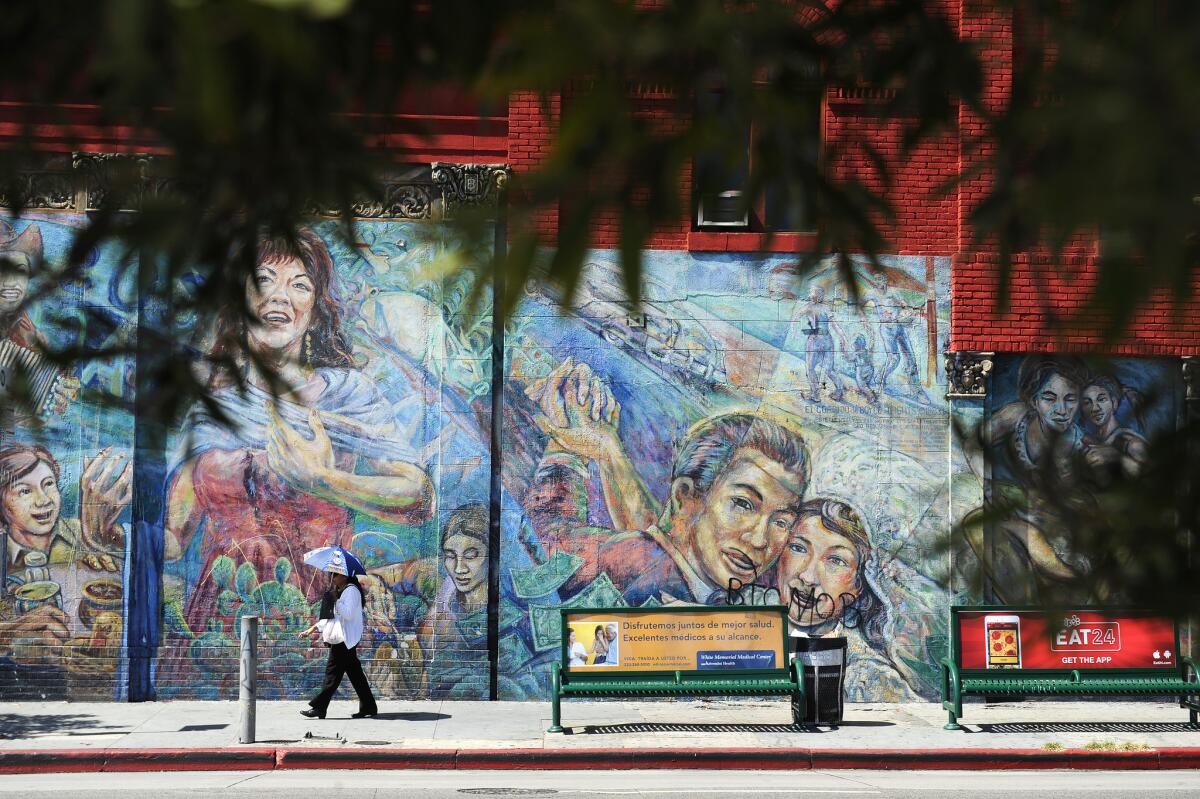
Neighborhood highlights
Cultural heritage: From the Breed Street Shul to Mariachi Plaza, the history of Boyle Heights is still there to experience. Hollenbeck Park, the Sears Building, and the old Santa Fe Railroad hospital are just some of the iconic locations in the neighborhood.
Food: Besides the original Guisados, Boyle Heights is home to some of the city’s best Mexican restaurants, including El Tepeyac, Ciro’s and Al & Bea’s.
Location: With easy access to four freeways, a light-rail line and plenty of bridge connections to downtown, Boyle Heights is centrally located to most employment centers in the eastern half of the city and is close to bars and restaurants in the lively Arts District.
They don’t make ‘em like that anymore: Boyle Heights has a wealth of homes that were built to last, with some of the oldest dating all the way back to the 1880s. Queen Anne, Foursquare, Arts and Crafts, and Spanish Colonial Revival are all well represented.
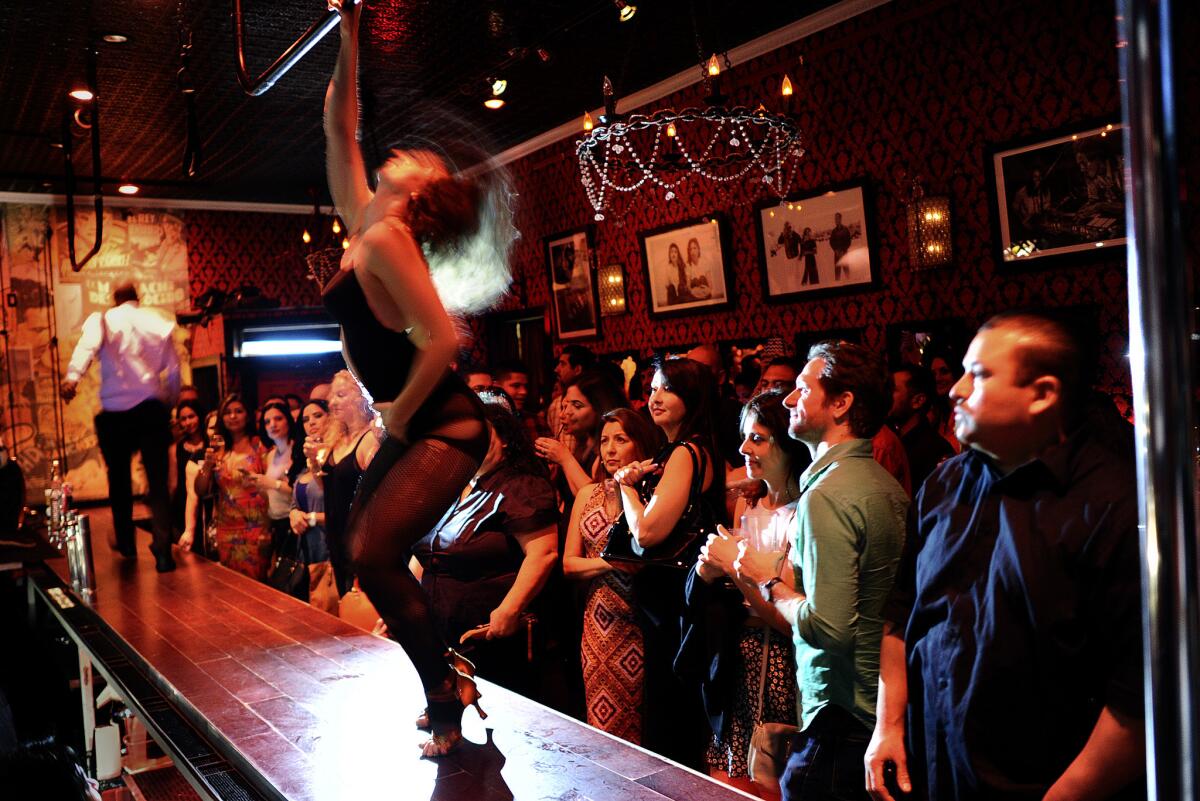
Neighborhood challenge
Real estate pressure: Residents of Boyle Heights are concerned about the possibility of widespread gentrification, which has led to some friction as the market has heated up.
Expert insight
Tracy Do, a Realtor at Compass, said she’s increasingly bringing clients to the neighborhood as an alternative to areas such as Eagle Rock, Highland Park and Glassell Park. She listed a three-bedroom Boyle Heights single-family residence this month and received more than 20 offers in less than a week.
“It’s certainly an up-and-coming neighborhood,” Do said, “and it’s rising quickly in terms of desirability due to its distance from downtown L.A., and the Arts District specifically.”
In a seller’s market, buyers who are finding themselves priced out of Northeast L.A. are “turning to Boyle Heights for the next best thing.” And she noted that buyers who can afford only a condo in another neighborhood can get a single-family residence in Boyle Heights.
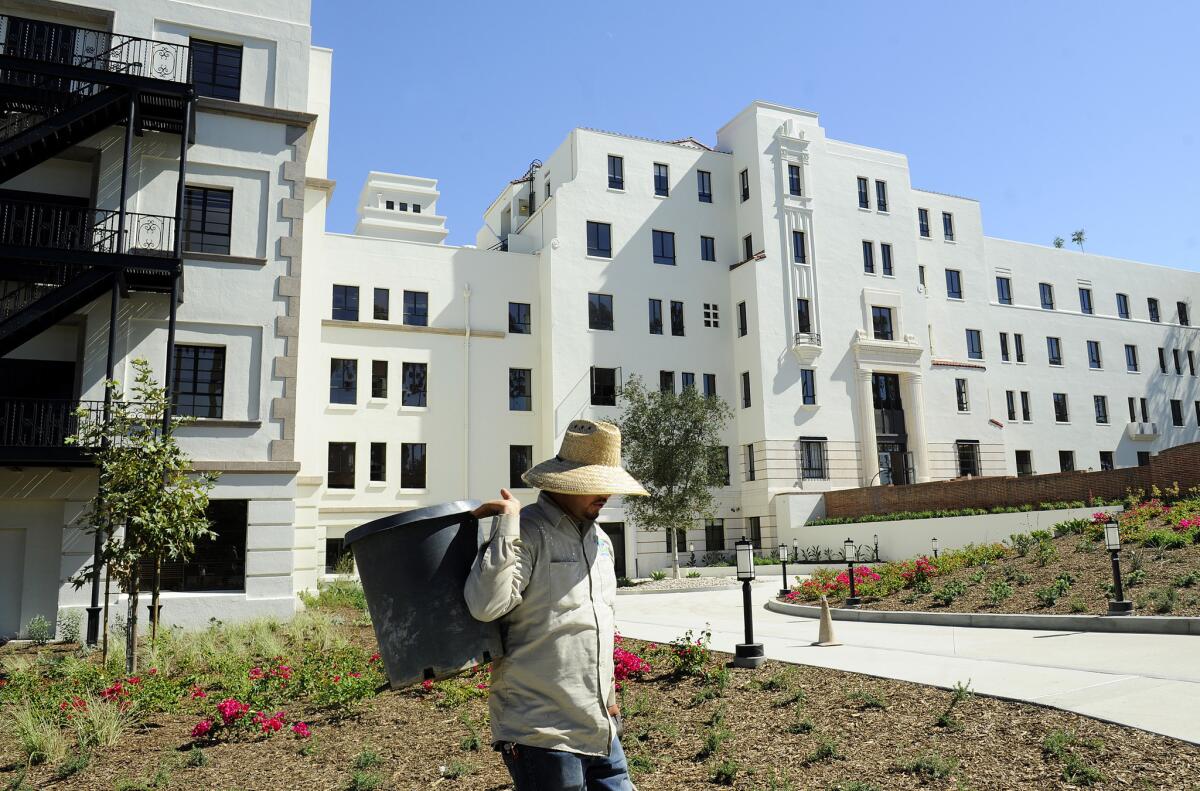
Market snapshot
Portions of the 90023, 90033 and 90063 overlap the Boyle Heights neighborhood.
In March, the median price for single-family homes in the 90023 ZIP Code was $225,000, based on two sales, according to CoreLogic. In the 90033 ZIP, based on two sales, the median price was $233,000, and in 90063, the median price was $380,000, based on 13 sales.
Report card
There are more than 20 public schools within the boundaries of Boyle Heights. Among the bright spots is KIPP Los Angeles College Preparatory, which scored a 916 out of a possible 1,000 in the 2013 Academic Performance Index. Garza Primary Center scored 889; Milagro Charter scored 884; and Francisco Bravo Medical Magnet High had a score of 847.
More to Read
Sign up for Essential California
The most important California stories and recommendations in your inbox every morning.
You may occasionally receive promotional content from the Los Angeles Times.
